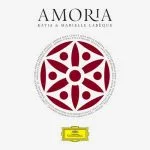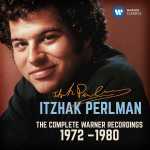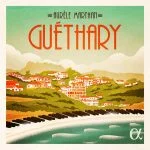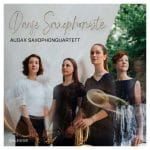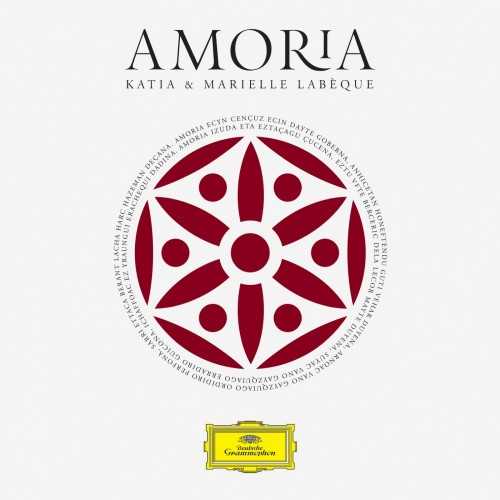
Performer: Katia Labèque, Marielle Labèque, Coro Easo Eskolanía, Harkaitz Martinez de San Vicente, Elena de Murguia Urreta, Carlos Mena, Thierry Biscary, Eñaut Elorrieta, Mikel Ugarte, Ander Zulaika, Escolanía Easo Araoz Gazte
Audio CD
Number of Discs: 1
Format: FLAC (tracks)
Label: Deutsche Grammophon
Release: 2018
Size: 1.22 GB
Recovery: +3%
Scan: yes
01. Antxieta: Con amores, la mi madre – Arr for fortepianos by Carlos Mena
02. Zala Galdeano: Sarabanda – Arr. for fortepianos and viola da gamba by Elena Martínez de Murguía
03. Anonymous: Tono al nacimiento de nuestro Señor Jesus
04. Artxu: Agota – Arr. for fortepianos by Francisco Ibáñez Irribarria
05. Sarasate: Prière, op. 17 – With lyrics adapted from ‘Ezkonduien koplak’
06. Donostía: Oñazez
07. Bidaola: Deskalabratua naiz (Elegiaca)
2 Mélodies hébraïques, M.22 (Maurice Ravel)
08. 1. Kaddisch
09. Ravel: Boléro, M.81 – Arr. for piano duet and percussions
10. Olaizola Gabarain: Haurtxoa seaskan
11. Anonymous: Haika mutil
12. Biscary: Elurra iruñan
13. Martinez de San Vicente, Ugarte: Bateran
14. Iglesias: Discret charme aux arbres
No, no, our famous pianist-sisters aren’t on all the tracks in this Basque compilation, it’s not just them, and it’s not just piano being played: there is also some fortepiano, including some very ancient models (or copies). The compilation runs through different types of Basque music: folk, religious, in some cases imaginary (Ravel’s Bolero arranged for two pianos by the composer himself, but with the addition of a lot of Basque percussion instruments played by no fewer than five percussionists!), from the 16th to the 21st century. In short, it is an excellent way of discovering contemporary Basque music, as well as more historic works. Alongside the sisters, we will hear the famous countertenor Carlos Mena (himself Basque by birth), the vocal ensemble Escolanía Easo Araoz Gazte, and the tenor Thierry Biscary. Rarer still, the piece Bateran uses the txalaparta, one of the most popular instruments in the Basque Country: a unique contraption made of wooden planks that two players hammer rhythmically with sticks. It’s not far off a semandron, a kind of wooden bell used in orthodox rites (and, further back still, Christian rites before the Great Schism), before bronze clocks were developed; the semandron was still used in Romania as part of the call to prayer. In short, this is a gateway to a fascinating world, unknown to most listeners, and thanks to the Labèque sisters – themselves both originally from Bayonne, which may explain something – we can all now discover it.
